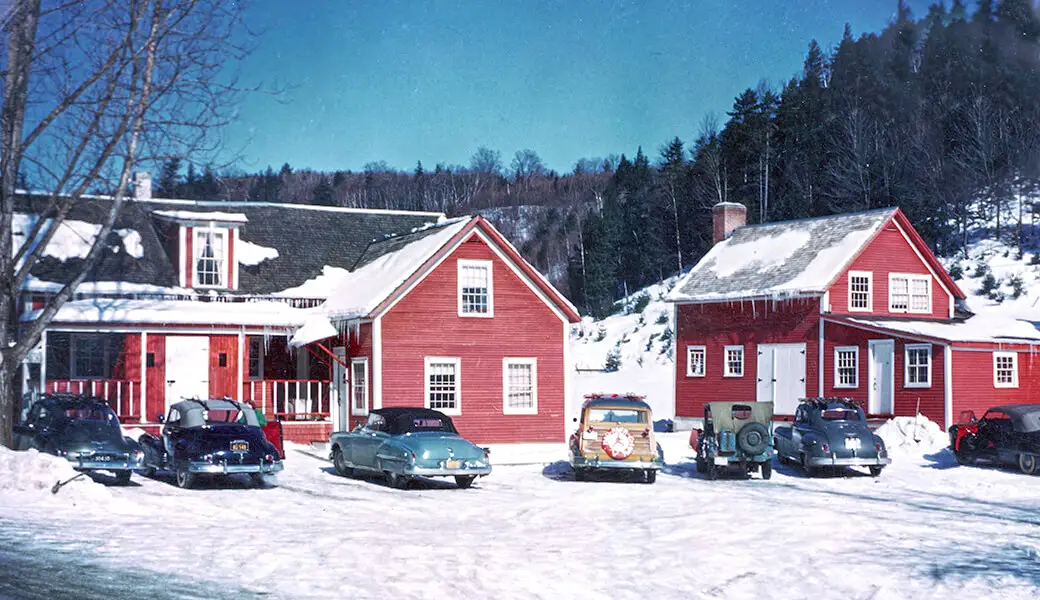The Hyde Away Inn is a part of Vermont history and a part of ski history dating back to the early days of skiing. It opened New Year’s Day, 1949 as the Ulla Lodge, named after Ull, the Norse God of Skiing (sometimes called Ull, Ullr, Uller, Oller, or Valder). The original farmstead was converted by Sewall and Arthur Williams — two of the Valley’s earliest innkeepers. As with many Vermont buildings, additions were made to the original structure over time.
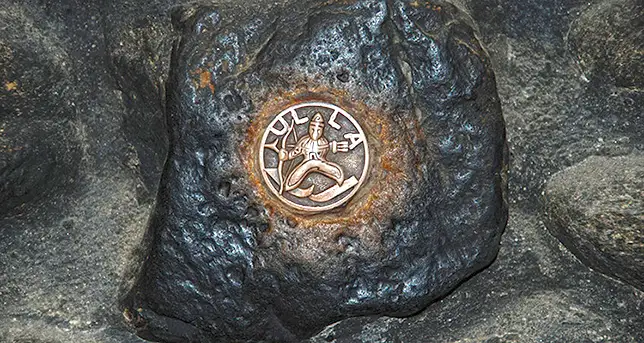
Ulla Coin in the Hyde Away Inn Fireplace
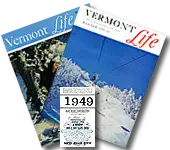
During one renovation project, we brought some local Vermont ski history back to life. We framed historical photos from the early days of the Inn, covers and articles from Vermont Life magazine, photos from ski pros of the past and more. You’ll find them hanging throughout the Inn.
Our rich history dates back to the early days of the ski industry in Vermont. It has been kept alive with memorabilia displayed throughout the Inn and Tavern. The rustic character and casual atmosphere of the Hyde Away have been preserved, making it enjoyable for customers to relax and socialize. The loyalty of our customers and our guests who return year after year seems to indicate that we have made a place where they can feel at home.
The Early Days
In the 1950’s, the Ulla Lodge was a comfortable haven for Mad River Glen skiers. After a snowfall, lodge owners & ski bums had to turn out and foot pack all the trails on skis. Sewall called the pond The Pretty Penny Pond, because that’s what it cost him to build it. In 1952 Sewall sold to Damon & Sara Gadd who ran it until 1956, when Damon and Jack Murphy, then General Manager at Mad River Glen, were preparing to open Sugarbush.
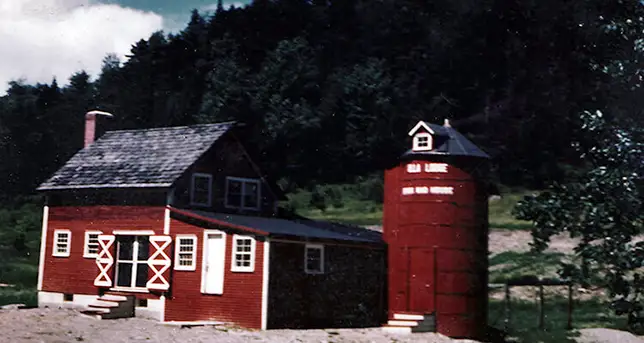
Ulla Lodge – Men’s Dorm
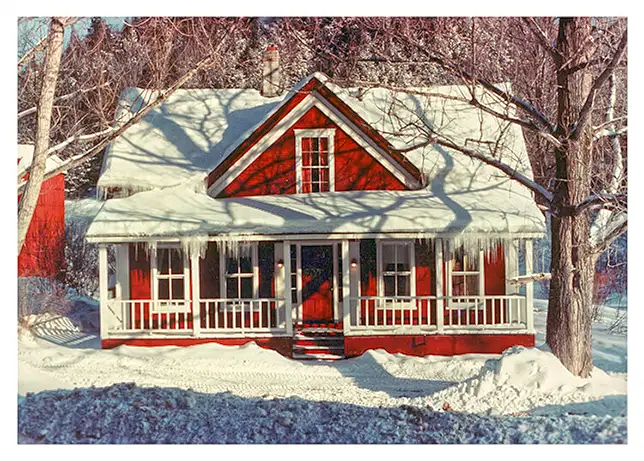
Ulla Lodge – Sam’s House
When Sewall opened Ulla Lodge, the Hyde Away house was occupied by Sam Hall who worked there. It has since been known in the Valley as Sam’s House.
Tales From the Past
Ulla Lodge – Slingluff Years
The Valley, Late 50’s & Early 60’s
A Snuggery Tale
An approximate timeline of owner/operators (based on what we’ve uncovered so far) included Patty & David Slingluff who bought the Ulla Lodge from the Gadds in 1956, not knowing they were in the process of surveying the land that would become Sugarbush. David and Damon were both Yalies and the Slingluffs became one of the first investors in Sugarbush.
The name later changed to Snuggery with owners Mike & Corky Kolifrath in the 70’s. Steve Kenny (a.k.a. Sky Cook) leased the kitchen. He later cooked for Sam Rupert’s. Mike sold to Bob Pacelli in the early 80’s.
In the early 1970’s, the Snuggery with Zach’s Tavern was well known for its outrageous après ski activities and the infamous California hot tub in the silo. Read A Snuggery Tale from the winter of 1976-77!
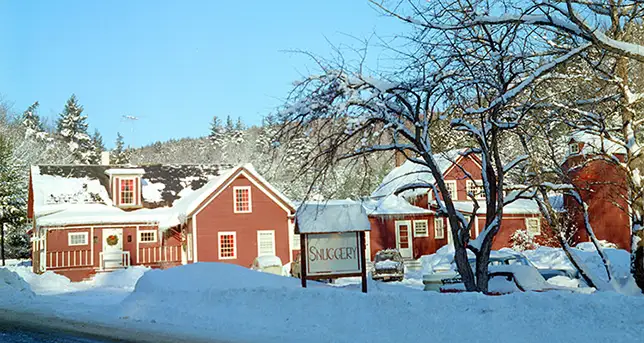
Snuggery with Zach’s Tavern
In 1987, Bruce Hyde renovated and reopened the inn as the Hyde Away Inn & Restaurant. Today, the Hyde Away is owned and operated by Ana Dan and her husband Paul Weber. We are proud to be part of the history of Vermont.
The Pre-Inn Years
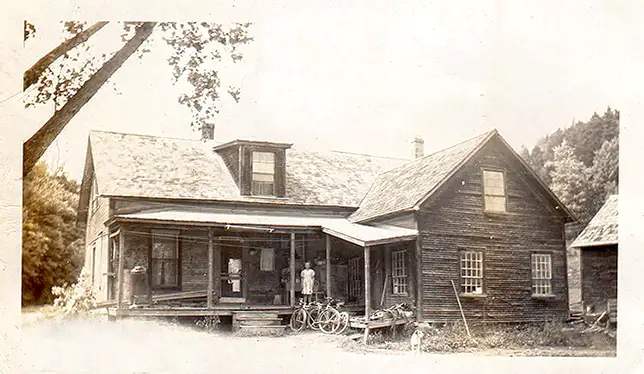
The Wheeler Farm Before Sewall Williams Renovated it into Ulla Lodge
Originally, a farmstead (c. 1824), it remained a working farm through the 1940’s until Sewall Williams purchased it and converted it to a lodging property in 1948.
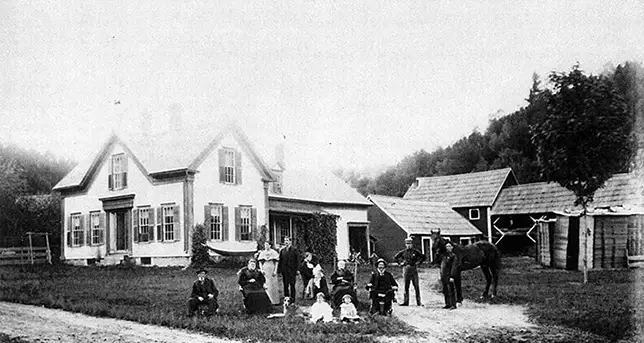
C.D. Billings & Son property that became Sam’s House and later the Hyde Away House
In the previous century, what is now the Hyde Away house was the C.D. Billings & Son property which included a clapboard mill in the rear. In 1889, the mill produced 700,000 feet of clapboards per year. The mill and out buildings were later torn down.

